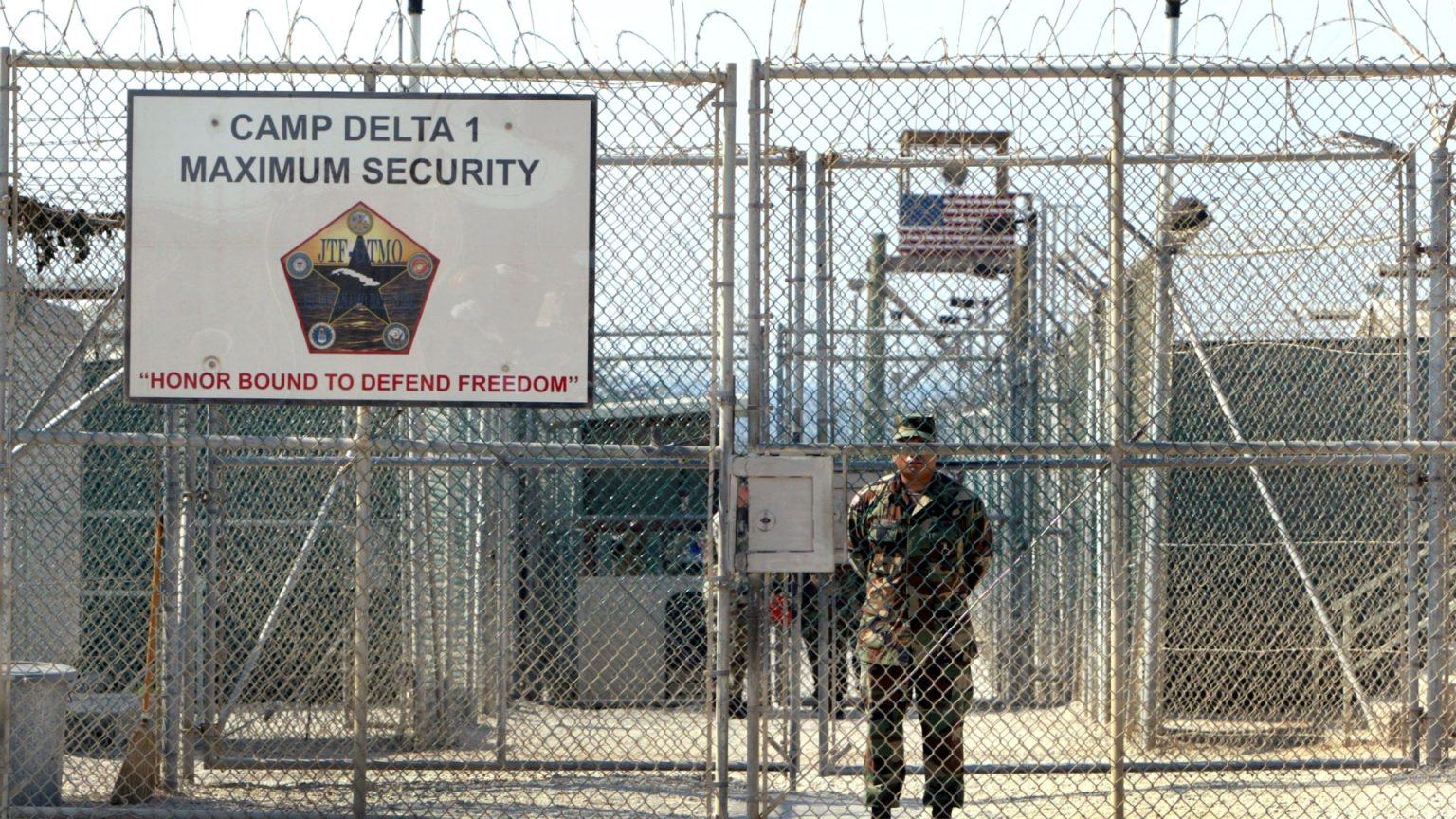The Guantanamo Bay detention camp, a symbol of the “War on Terror,” saw a significant reduction in its detainee population with the transfer of five Yemeni prisoners to Oman. This covert operation underscores the ongoing efforts by the Biden administration to fulfill a long-standing promise to close the controversial facility. Among those released were Moath Hamza Ahmed al-Alwi and Suhayl Abdul Anam al Sharabi, both suspected of having ties to Osama Bin Laden’s security detail. Neither man had ever been formally charged with a crime during their two-decade confinement. The release also included Sharqawi al-Hajj, who endured 21 years of detention, marked by hunger strikes and allegations of torture by the CIA.
The transfer brings the total number of remaining detainees at Guantanamo Bay down to 15, a stark contrast to its peak population of nearly 800 following its establishment in the aftermath of the 9/11 attacks. Of the remaining detainees, three are eligible for transfer, another three await review of their status, two have been convicted and sentenced, and seven others continue to navigate the complexities of their legal situations. This reduction in the detainee population reflects a renewed focus on resolving the legal limbo that has characterized Guantanamo for years.
The push to close Guantanamo has been a recurring theme in American politics, with both President Obama and now President Biden pledging to shutter the facility. While Obama faced significant political obstacles that ultimately prevented closure, Biden has reiterated his commitment to achieving this goal, although a concrete timeline remains elusive. The recent transfer of the five Yemeni detainees signals a continued effort to reduce the prison’s population and work toward its eventual closure.
The release of these detainees comes against the backdrop of renewed plea bargain negotiations in the case against the alleged 9/11 masterminds. Khalid Shaikh Mohammad and his co-conspirators have reportedly reached a deal that would spare them the death penalty in exchange for cooperation and guilty pleas. This development adds another layer of complexity to the ongoing legacy of 9/11 and the pursuit of justice for the victims of the attacks. The timing of the detainee release in relation to the plea deal negotiations raises questions about potential connections and broader strategic considerations within the administration.
The history of Guantanamo Bay is deeply intertwined with the events of 9/11, which triggered the “War on Terror” and led to the establishment of the detention camp. The attacks, orchestrated by al-Qaeda operatives, involved the hijacking of four commercial airplanes, resulting in the tragic deaths of nearly 3,000 Americans. The subsequent invasion of Afghanistan and the capture of suspected terrorists led to the influx of detainees into Guantanamo, where many were held without formal charges or access to traditional legal processes. The legal and ethical complexities surrounding Guantanamo have fueled ongoing debates and international scrutiny.
The future of Guantanamo Bay remains uncertain. While President Biden has reaffirmed his desire to close the facility, the path forward is fraught with political and legal challenges. The remaining detainees face an uncertain future, with some potentially eligible for transfer or release, while others continue to navigate the complexities of their legal proceedings. The closure of Guantanamo would mark a significant turning point in the “War on Terror” and the ongoing debate over detention practices, human rights, and the pursuit of justice in the face of terrorism.











